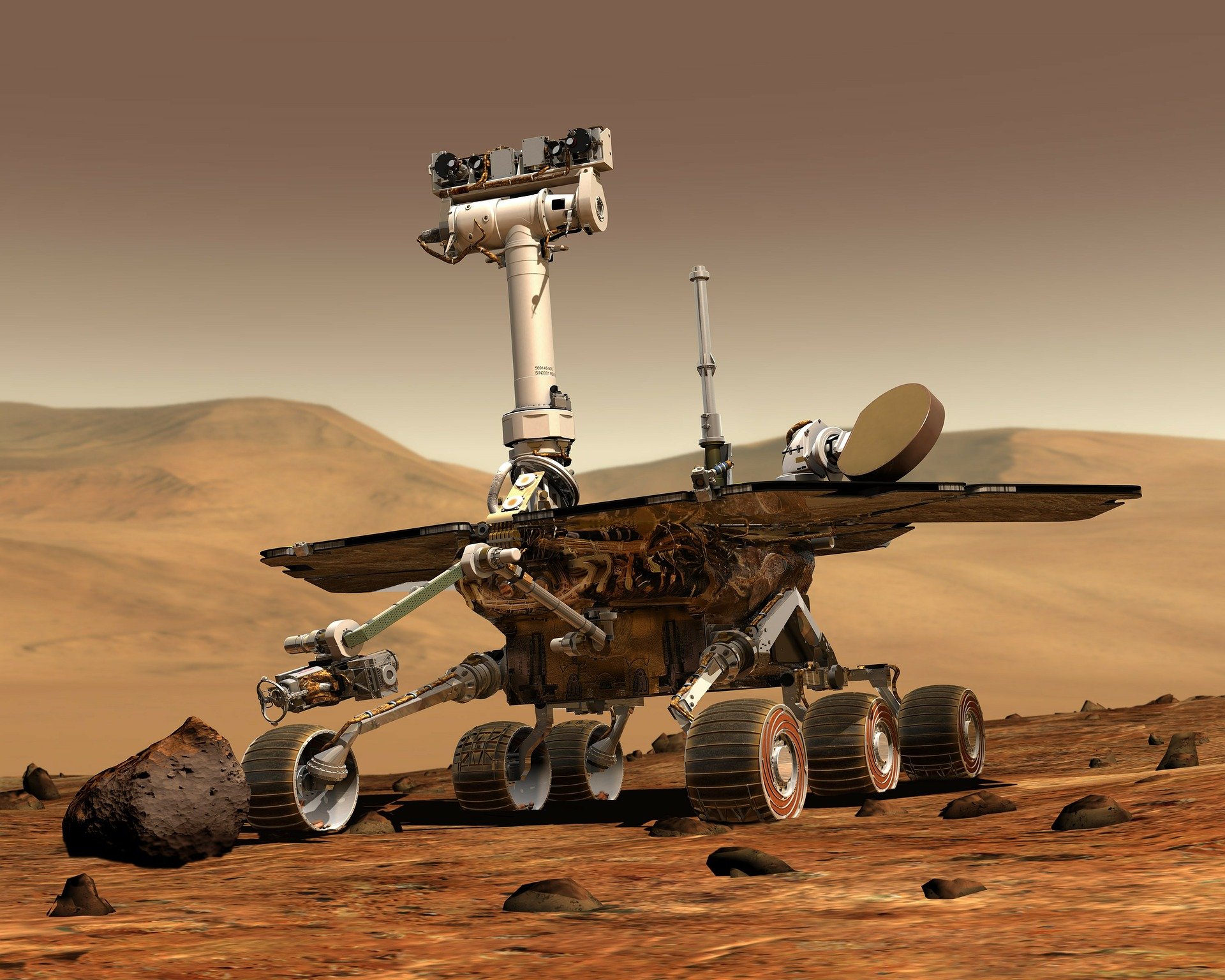Scientists are collecting more and more facts which are proving the fact that the chances of Mars having water in the past are very strong. The latest proves of the presence of water on Mars are coming form the first samples collected by Perseverance in the Mars’ crater Jesero. Since the water actually was on Mars, it also means that the planet might have been populated by living organisms.
The new insights into the exploration of Mars offered by Perseverance
Perseverance has collected the first samples of the ground of Mars and scientists have already had a chance to make their first discoveries. In fact, the samples are proving that the crater used to be filled with water and the period during which there was water can be as long as several million years. Of course, this fact allows scientists to assume microorganisms were also present on Mars.
It had already been known that the Jesero crater had been filled with water before the mission of Perseverance. Yet, scientists were not sure about the time when the water occurred in the crater. One of the possible theories was the crater getting filled with water after the fall of an asteroid. If this was true the water could have got evaporated during a relatively short time such as a tens of years.
The recently collected samples showed the scientists that water was present in the crater for a way longer time. In addition to it, the samples also contain salts which were created during the time when they had a contact with water. This means that their crystals can still contain the remains of water as well as water organisms if only they had been present there.
What is going on with the samples right now?
The samples collected by Perseverance are packed into titanic pipes. They are stored on the Mars rover. Later the samples will be taken by the following mission and delivered to the Earth where scientists will finally have a chance for further investigation.
What is the next stage of work of Perseverance?
The samples were collected from the same piece of rock which is located in the Jesero crater. The next point where the Mars rover will be collecting samples is the area of South Séítah. Scientists assume the rocks of this area are even older than the ones in Jesero.
Unfortunately, the Mars Rover will have to wait for several weeks before it will be possible to come back to the exploration of Mars because of the changes in the Sun activity.
The previous research of Mars
One of the most curious discoveries related to Mars was made a year ago. Back to the time, Italian scientists found several lakes with salt water located under the ice cover of the planet.
The discovery was made by the MARSIS space probe which belongs to the Mars Express European space agency. This probe allowed the scientists to carry out an advanced examination based on radio detecting. The technology used in this exploration is usually based for studying the ice cover of the Earth.
The results of this exploration were very impressive. It turned out that Mars has several smaller lakes near one large lake. According to the estimations of the scientists, the largest underground lake on Mars is located on the level of 1.5 km below the surface of the planet whereas its width may be as large as 30 km. The total area of the underground lakes on Mars may have 75 thousand square kilometres.
It is important to understand that the water in these lakes cannot get frozen because of rather high concentration of salt as well as ethers and perchlorates. If the concentration of these substances is too high in the water, it is not possible for life to exist there.
Unfortunately, the technology used in the exploration will not allow scientists to measure the exact amount of salt in the water.

